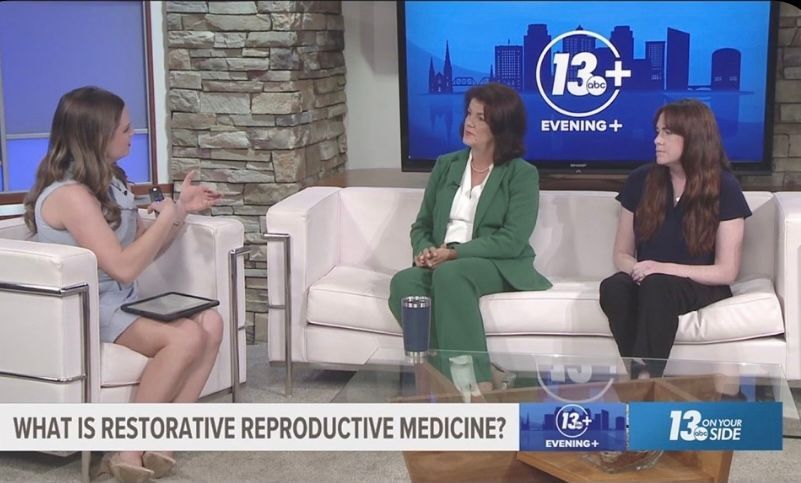Top 4 Super Foods For Women
When you consider that the average woman goes through several periods of metamorphosis during which her body goes through a complete transformation that men and children can’t relate to, it’s no surprise that we have unique nutritional needs. Each stage of life from childhood to puberty, woman of child-bearing age to bonafide pregnant and lactating mother, to busy mother and, finally, menopausal womanhood requires specific nutrients to fuel a smooth transition. Here is a simple list of a few of the top foods you, being the superwoman you are, should be enjoying on a regular basis to meet the demands of your particular stage in life:
Cabbage
Both the red and green varieties cabbage contain indole-3-carbinol, sulphurous compounds and enzymes that detoxify the body and encourage the removal of excess estrogen. The enzymes in cabbage boosts production of antioxidants that deactivate carcinogens and prevent abnormal growth. For this reason, regular consumption of cabbage is linked to lower risk of colon cancer as well as estrogen-related cancers such as breast cancer, two cancers that often strike women approaching menopause. To get the most benefit out of the enzymes in cabbage, eat it raw by tossing your favourite vinaigrette into some shredded cabbage for a simple slaw.
Olive Oil
Olive oil is a signature component of one of the healthiest diet patterns in the world, the Mediterranean Diet. Studies have linked olive oil to decreased risk of breast cancer, heart disease and diabetes – all top killers of women – thanks in large part to the high concentration of plant phenols in olive oil. Plant phenols help keep blood vessels open and free of oxidative stress leading to better circulation, blood pressure and heart health. Swapping your saturated butter for monounsaturated EVOO also helps ensure that belly fat doesn’t creep up on you. Invest in a good quality extra-virgin olive oil, which is often a vibrant green, not yellow, to maximize the phenolic value of this healthy fat. Bonus, not only your heart and your waistline, but your hair and skin will love you for it too!
Quinoa
By now you’ve probably heard about the super-grain called quinoa (pronounced keen-wah) and perhaps you’ve even tried a recipe or two with it. Quinoa is a busy woman’s best friend because you can cook it up in large amounts and serve it up warm or cold as a quality source of protein, iron, calcium, zinc and essential fatty acids. Essential fatty acids are proven mood-boosters for bouts of depression that commonly plague women at various life stages and monthly cycle stages. The hefty dose of zinc in one cup of quinoa (15% of your daily requirement) helps to metabolize depression-busting essential fats while the protein supplies your body with tryptophan, the building block for serotonin. Hence, quinoa is the ultimate PMS, post-partum or peri-menopausal food.
Flaxseed
Want relief from hot flashes, PMS, endometriosis, constipation or acne related to hormonal changes? Grind up some flaxseeds instead of coffee beans as part of your morning wake-up routine. Sprinkling flaxseed on your cereal, yogurt or salad is an easy way to get anti-inflammatory omega-3 alpha linoleic acid(ALA) and hormone-balancing lignans into your body. Lignans bind to estrogen receptors taking the spot of estrogens your body has made, thereby diminishing it’s action on the ovaries and other estrogen-sensitive organs. A final word on flaxseed versus flaxseed oil: While both are beneficial for women’s health, flaxseed oil, while being higher in ALA, contains no lignans or fiber so if your goal is relief from PMS, hot flashes or constipation choose the seed.











